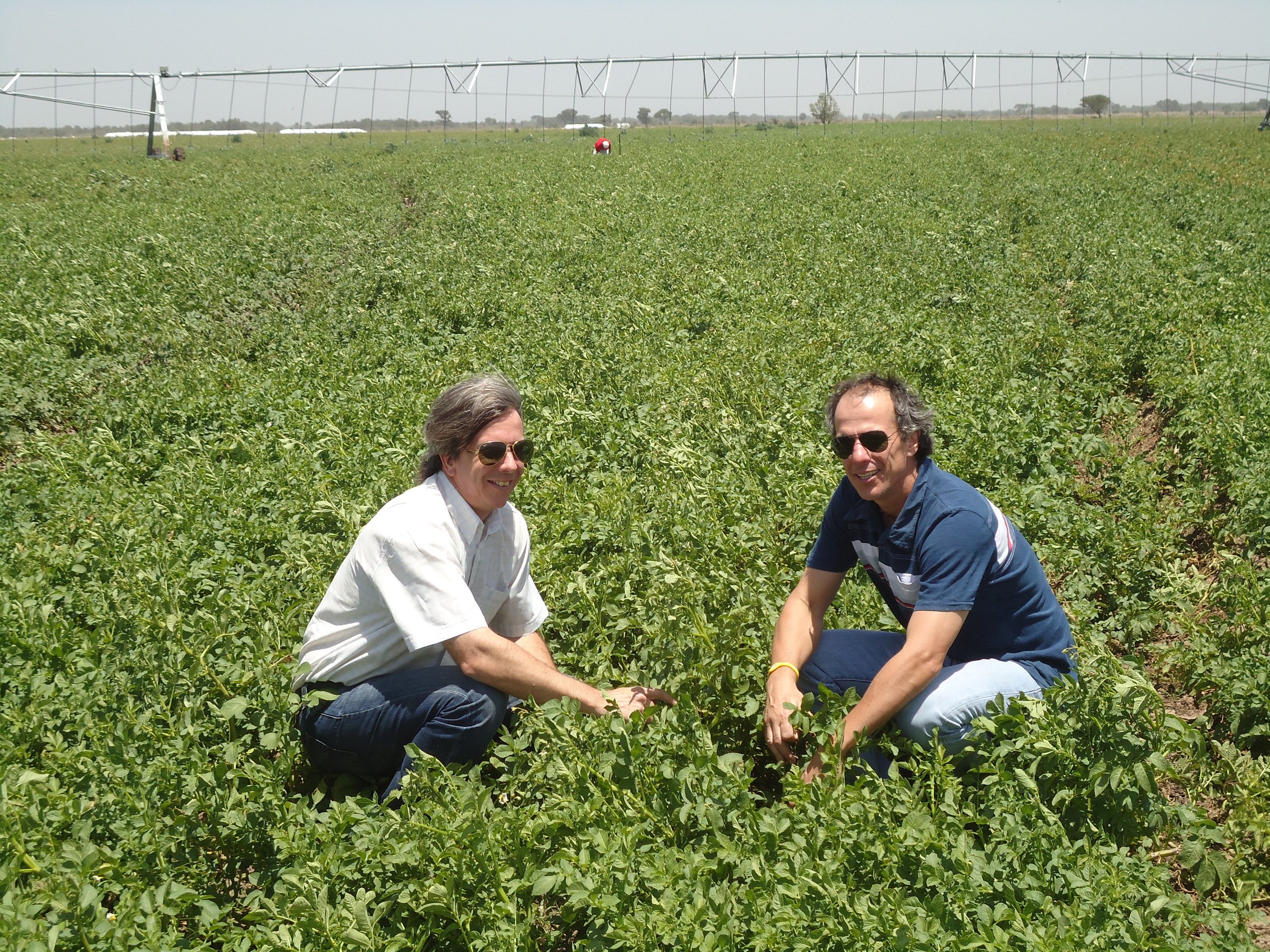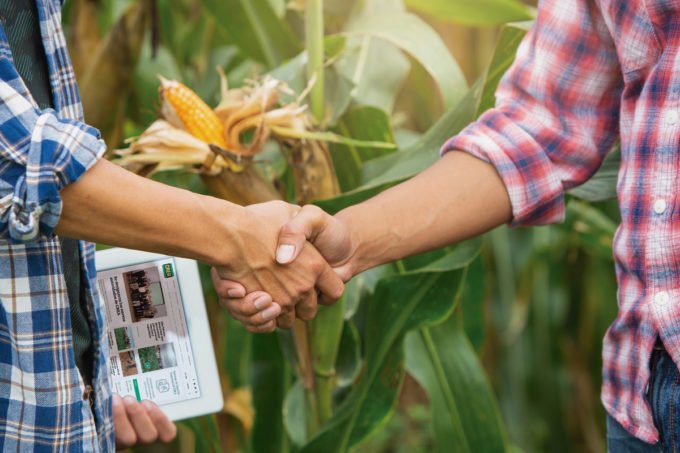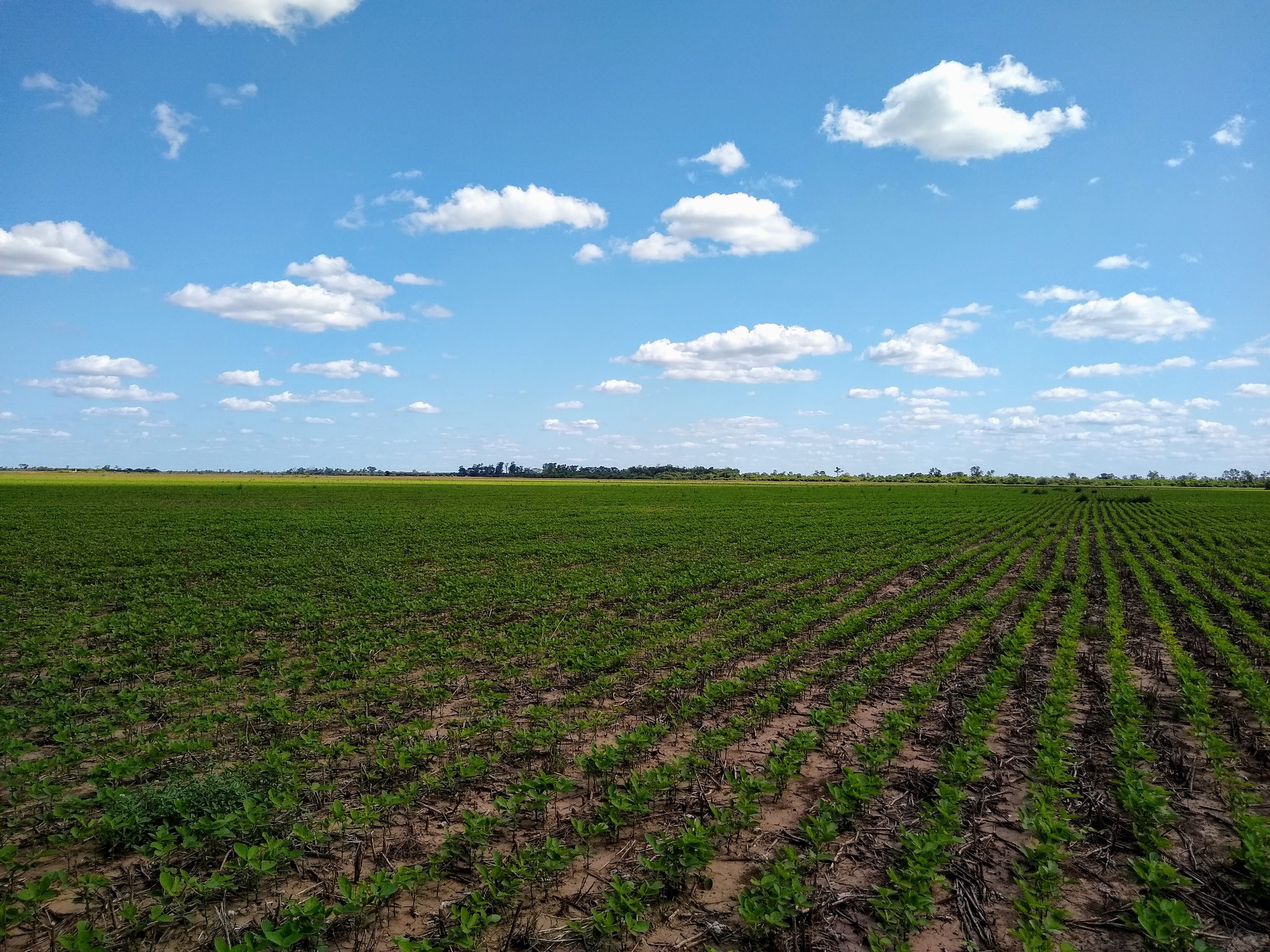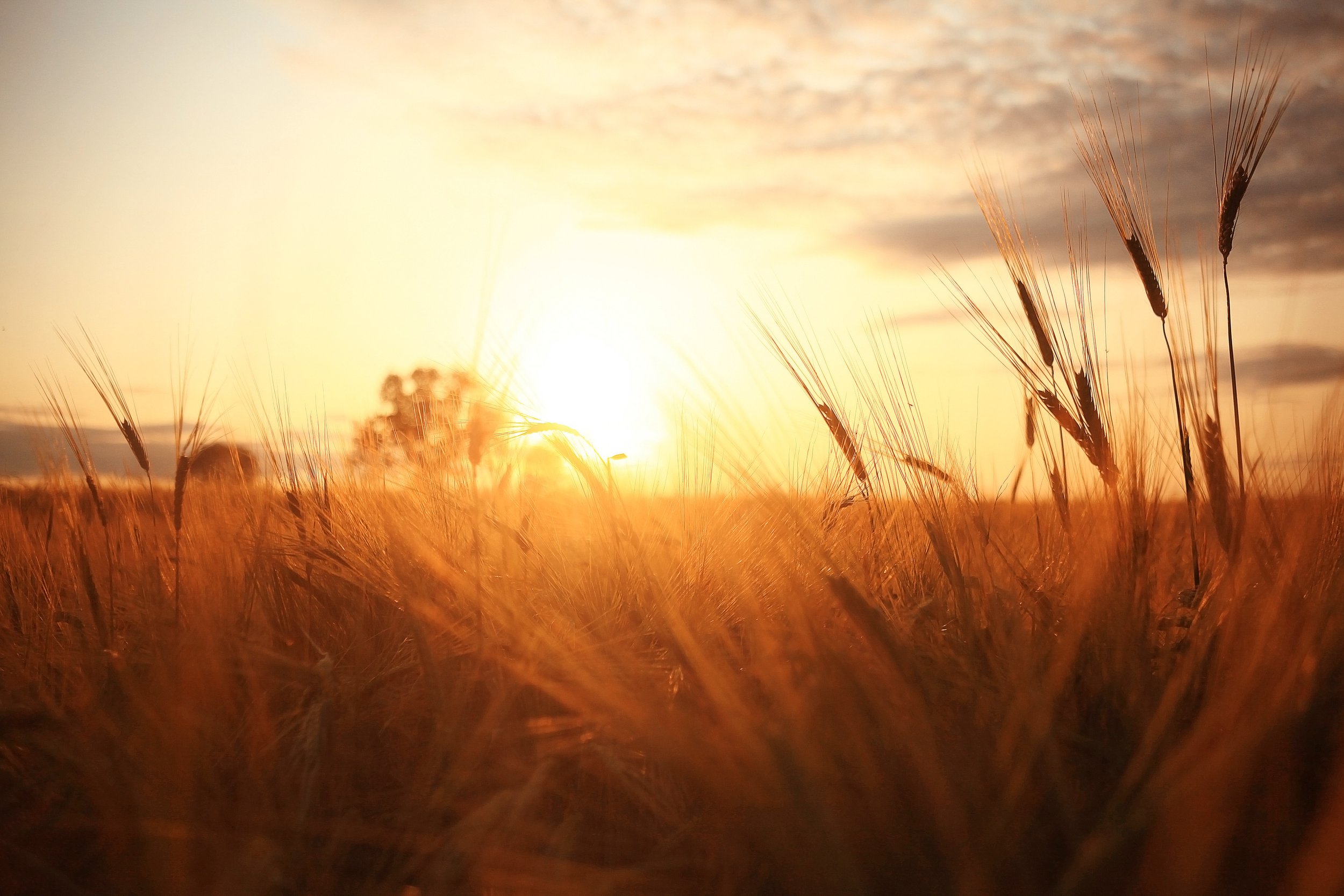Environmental and Productive Sustainability in the Chaco
Tools for environmental and productive sustainability of soy crops in Argentina’s Chaco systems
After two years of work, the Argentine Association of Regional Consortia for Agricultural Experimentation (AACREA) and its partner, the Argentine Association of the Soy Supply Chain (ACSOJA), supported by the Land Innovation Fund, are leaving a legacy of tools, indicators and monitoring systems for sustainable agricultural management in line with the international environmental agenda. Focused on the Gran Chaco biome, they set out to consolidate data, refine information and share knowledge to improve decision-making in the field.
The farmers selected for the project are members of AACREA and work in synergy, sharing knowledge and skills to improve technical, economic, and environmental results, with impacts throughout the region. The partnership with the Argentine Association of the Soy Supply Chain (ACSOJA) – with representatives from the areas of research, inputs, farming, commerce, processing, and services – will facilitate evaluations of ecological intensification models using a systemic approach, focused on economic, social, and environmental issues for the region's grain supply chain. Periodical technical updates and the publication of results and tools will make project data accessible to a broader network of stakeholders, with impacts on the entire agricultural ecosystem in Argentina.
The initiative involved 178 growers on 375 farms covering 246,000 hectares that were monitored in Argentina's Great North. The project developed and improved production models to maintain or increase farmers' incomes, reduce crop losses, conserve natural areas on farms, restore degraded soils and environments, and apply environmental indicators focused on soil carbon and biodiversity. All of CREA’s actions sought to systematize, consolidate and integrate information as a basis for the large-scale adoption of good agricultural practices.
On the production side, the program identified possible yield gaps in soy and corn production chains and proposed improvements in agricultural management. To this end, information was collected, analyzed and consolidated from more than 12,000 plots with intercropped soy and corn on more than 1.2 million hectares in the five regions which make up Argentina's Great North. For each production model, we estimated the potential yield (maximum percentage), the achievable yield with the adoption of good agricultural practices, the current yield and the yield gaps. The quantification and qualification of this information was incorporated into the data platform, as a starting point for decision-making.
Following the same principle, the project also modernized and expanded CREA's Environmental Management (GAC) platform. This tool allows all members to monitor their production process together with environmental indicators. The farmers' self-appraisals on legal aspects, landscapes, large-scale crop production, process quality and the impact coefficient indicators for phytosanitary applications, nutrient balance and crop intensification are already available on the platform. The association is now working on incorporating other indicators into the system, such as carbon and energy balance.
Developed in partnership with Aapresid and AACS, the soil carbon measurement protocol published by CREA is an important single and easy-to-adopt method for analyzing CO2 in various agricultural, livestock, forestry or silvopastoral production scenarios in Argentina, and can be deployed in the field.
InBioAgro, an initiative coordinated by CREA with the participation of several partner institutions in Argentina, also supported by the Land Innovation Fund, has enabled biodiversity monitoring on twelve soy farms in the regions of Salta, Tucumán, Santiago del Estero and Córdoba, in Argentina's Great North.
The monitoring used indicators able to identify species of birds, vegetation, pollinating insects, soil macro and mesofauna, as well as mammal surveys using camera traps. The results from the monitoring will be the starting point for drafting reports on each pilot field, defining conservation objectives and designing improvement strategies to promote biodiversity in general and/or specific biological groups.
With the Fund's support, CREA developed and implemented its first indicators on social dimensions of farm management. Technicians from all areas took part in designing the self-appraisal questionnaire. Currently, 108 of these self-appraisal questionnaires have been completed, providing a snapshot of employment practices, relations with suppliers, communities, government and society, as well as management transparency, as practiced by small, medium and large-scale farmers in the region.


















